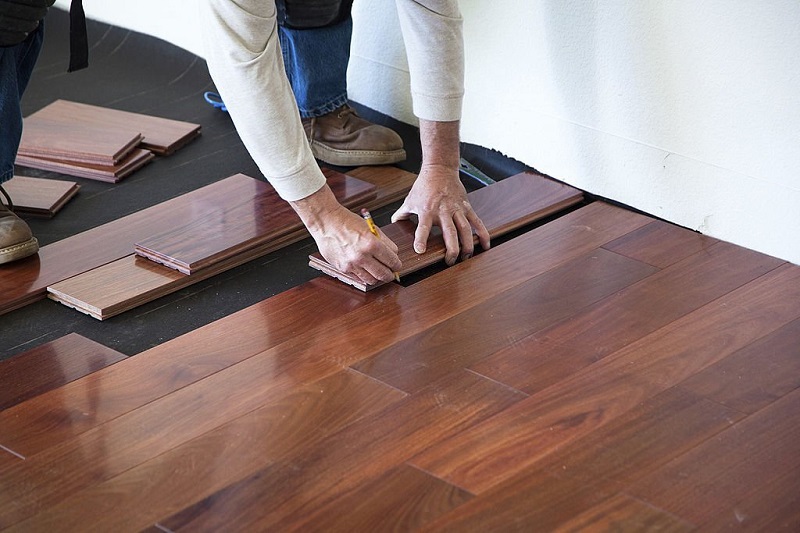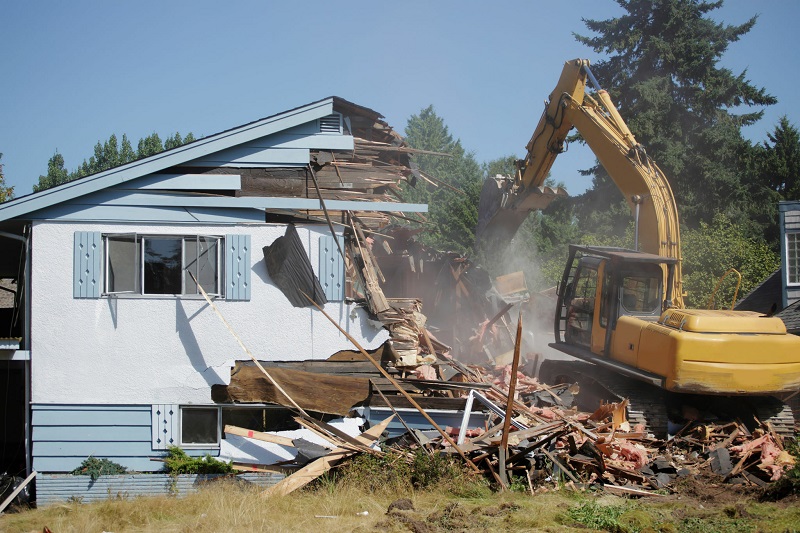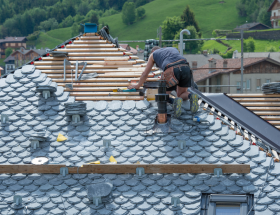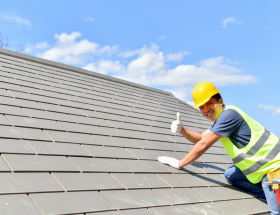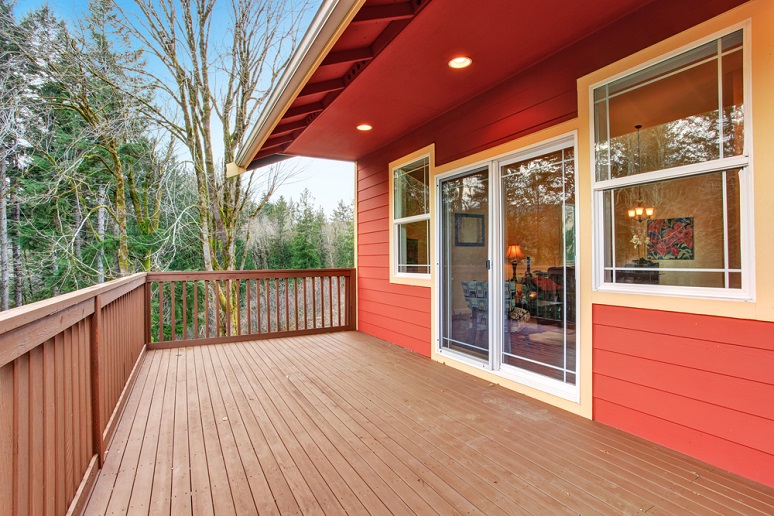Timber floors add natural warmth and beauty to any home, but installing them requires a certain level of expertise. Here are some special tips to ensure that your floor installation is successful:
Tips On Timber Floor Installation For your Home
- Choose the right timber – Before you start the installation process, it’s important to choose the right timber for your floors. Different types of timber have different characteristics, such as hardness, color, and grain pattern. You should choose a timber that suits your style, budget, and maintenance requirements.
- Prepare the subfloor – The subfloor is the surface that the timber flooring will be installed on. It’s important to make sure the subfloor is level, clean, and dry before installing the timber flooring. Any irregularities in the subfloor will cause problems with the timber flooring installation and result in an uneven surface.
- Acclimate the timber – Timber flooring is a natural product that can expand or contract with changes in temperature and humidity. To avoid issues after installation, the timber should be acclimated to the environment of the room where it will be installed. Leave the timber in the room for at least 72 hours before installation.
- Choose the right installation method – There are several installation methods for timber flooring, including nail-down, glue-down, and floating. Each method has its advantages and disadvantages, so it’s important to choose the one that suits your needs.
- Use the right tools – Installing timber flooring requires special tools, including a saw, drill, nail gun, and adhesive. Make sure you have all the tools you need before starting the installation process.
- Leave expansion gaps – Timber flooring needs room to expand and contract with changes in temperature and humidity. To allow for this movement, leave a gap between the timber flooring and the walls. The size of the gap will depend on the size of the room and the type of timber flooring you’re using.
- Follow the manufacturer’s instructions – Different types of timber flooring have different installation requirements. Follow the manufacturer’s instructions carefully to ensure a successful installation.
- Finish the timber – After the timber flooring is installed, it needs to be finished with a protective coating. There are several options for finishing timber flooring, including oil, wax, and polyurethane. Choose the finish that suits your needs and apply it according to the manufacturer’s instructions.
- Maintain the timber flooring – Timber flooring requires regular maintenance to keep it looking its best. This includes sweeping, vacuuming, and mopping regularly, as well as avoiding harsh cleaning chemicals and high heels.
By following these tips, you can ensure a successful timber floor installation that will add natural beauty and value to your home.

